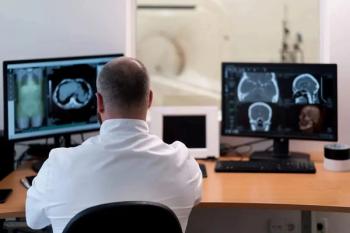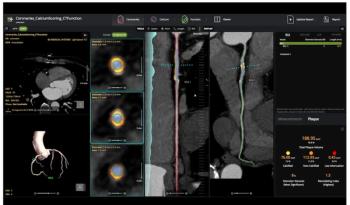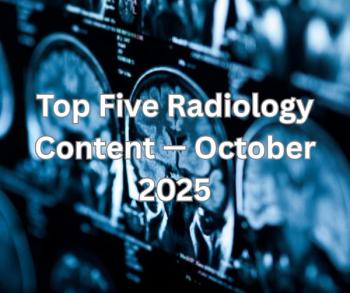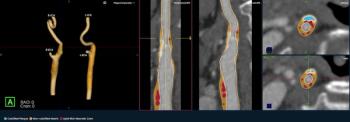
Singapore meeting incorporates nuclear medicine update
The annual joint scientific meeting of the Singapore Radiological Society and the College of Radiologists, Singapore, was expanded this year to include the Singapore General Hospital nuclear medicine update. This allowed a greater inclusion of topics pertaining to nuclear medicine and radiation oncology, with the theme of the meeting being “imaging and therapy in the area of molecular medicine.”
The annual joint scientific meeting of the Singapore Radiological Society and the College of Radiologists, Singapore, was expanded this year to include the Singapore General Hospital nuclear medicine update. This allowed a greater inclusion of topics pertaining to nuclear medicine and radiation oncology, with the theme of the meeting being “imaging and therapy in the area of molecular medicine.”
Dr Ajit K Padhy, chair of the organizing committee, has had extensive experience in the organization of scientific conferences. He was ably supported by scientific cochairpersons and committee members from the disciplines of diagnostic radiology, radiation oncology, and nuclear medicine in Singapore.
Together, they were able to invite renowned faculty to speak and share at the conference, including 19 overseas speakers from both the Association of Southeast Asian Nations (ASEAN) region as well as from the U.K., Canada, Australia, Germany, Austria, India, Kuwait, China, and the U.S. The F.Y. Khoo Memorial lecture was delivered by Prof Richard Baum (Germany), on the topic of “Ectropy and entropy-how molecules talking to each other create the fascination of molecular imaging.”
The meeting was held at the conference facilities of the Holiday Inn Atrium, Singapore, from Feb. 25 to 28, 2010. It attracted more than 400 participants, with a significant proportion coming from the region around Singapore, and also including many radiographers and nuclear medicine and radiation oncology technologists.
The program was tailored to cater for all three disciplines, with each of the sessions centered on a particular disease or pathology, such as lung cancer, hepatic malignancies, GI imaging, and so on. This allowed cross-sharing and exposure of imaging and treatment options between the speakers and participants from the different areas. This feature was a particular high point for many, who benefited from the multidisciplinary approach to the lectures. A detailed program and speaker list can be found
All in all, it was an excellent meeting to bring the diagnostic and therapeutic imaging community in Singapore together, to learn both from and about each other’s work, as well as to make and renew social ties with friends and colleagues from Singapore and abroad.
Dr. Tsou is vice chair of the Chapter of Diagnostic Radiologists Committee of the College of Radiologists, Singapore.
Newsletter
Stay at the forefront of radiology with the Diagnostic Imaging newsletter, delivering the latest news, clinical insights, and imaging advancements for today’s radiologists.






























